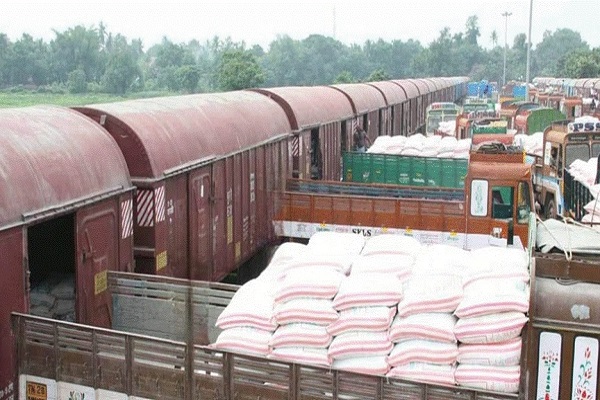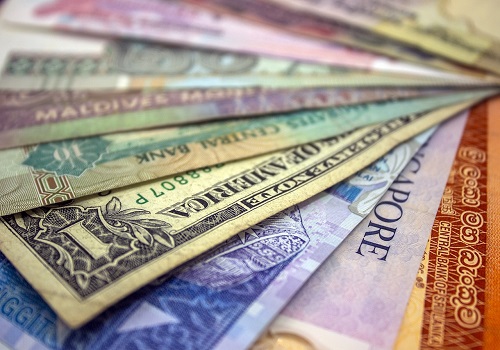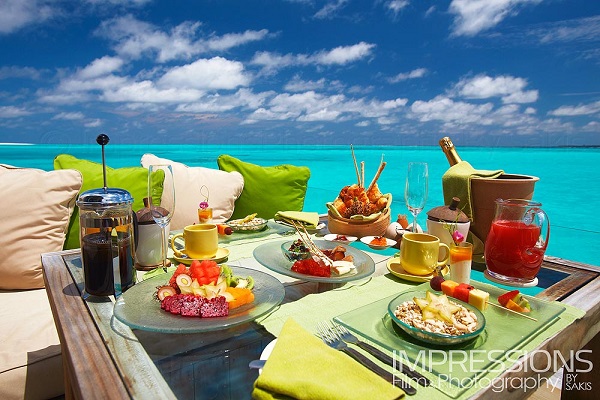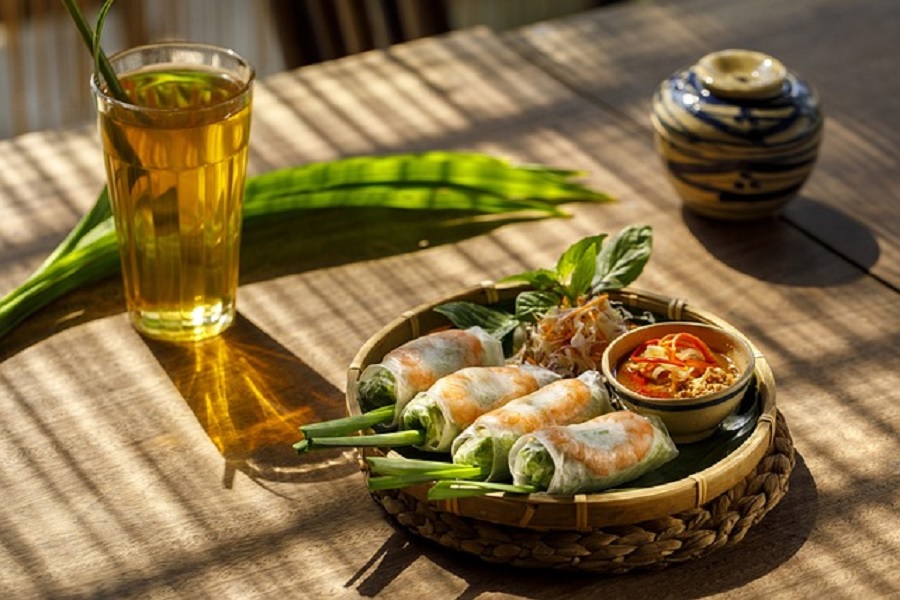Food and Beverage Tourism: A Delicious Journey Around the World

Travel isn’t just about visiting famous landmarks or scenic vistas—it’s also about tasting the essence of a culture through its food and drinks. Food and Beverage Tourism has become a major trend, attracting travelers eager to explore local cuisines, beverages, and culinary traditions. This flavorful form of tourism offers a rich sensory experience that connects travelers deeply with the places they visit.
What is Food and Beverage Tourism?
Food and Beverage Tourism (sometimes called culinary tourism or gastronomy tourism) involves traveling primarily to discover and enjoy the food and drink of a particular region or country. This type of tourism includes dining at local restaurants, visiting markets, participating in cooking classes, wine tastings, brewery tours, and attending food festivals.
Why is Food and Beverage Tourism Popular?
Cultural Immersion: Food reflects a community’s history, climate, and traditions, giving travelers an authentic cultural experience.
Unique Experiences: Sampling traditional dishes and local beverages often leads to memorable and unique travel stories.
Supporting Local Economies: Food tourism boosts local businesses such as farmers, artisans, restaurants, and wineries.
Social Connection: Sharing meals fosters social bonds between travelers and locals.
Popular Food and Beverage Tourism Activities
Street Food Tours: Sampling affordable, authentic local snacks and dishes directly from vendors.
Wine and Vineyard Tours: Exploring vineyards and tasting regional wines in famous wine regions like Bordeaux, Napa Valley, or Tuscany.
Cooking Classes: Learning to prepare traditional dishes from local chefs or home cooks.
Food Festivals: Enjoying events dedicated to specific foods or beverages, such as Oktoberfest in Germany or the Truffle Festival in Italy.
Farm-to-Table Experiences: Visiting farms to see where ingredients come from and enjoying fresh, seasonal meals.
Brewery and Distillery Tours: Discovering local craft beers, spirits, and their production processes.
Top Destinations for Food and Beverage Tourism
Italy: Known for pasta, pizza, wine, and olive oil, with food deeply embedded in its culture.
Japan: Famous for sushi, ramen, tea ceremonies, and unique regional specialties.
Thailand: Renowned for its vibrant street food scene with flavors ranging from spicy to sweet.
France: The land of fine wine, cheese, pastries, and gourmet cuisine.
Mexico: Rich in traditional dishes like tacos, mole, and mezcal.
Tips for Food and Beverage Tourists
Be Adventurous: Try new flavors, even if unfamiliar or outside your comfort zone.
Research Local Specialties: Identify must-try dishes and beverages unique to the region.
Stay Hygienic: Choose clean and reputable eateries, especially when eating street food.
Engage with Locals: Ask for recommendations and cooking tips to enhance your experience.
Balance Eating with Exploration: Walk between food stops to enjoy the surroundings and aid digestion.
The Impact of Food and Beverage Tourism
This growing tourism segment helps preserve culinary traditions and promotes sustainable agriculture. It also encourages cultural exchange and creates a platform for small businesses to thrive. For travelers, it turns eating into a celebration of culture, history, and community.























